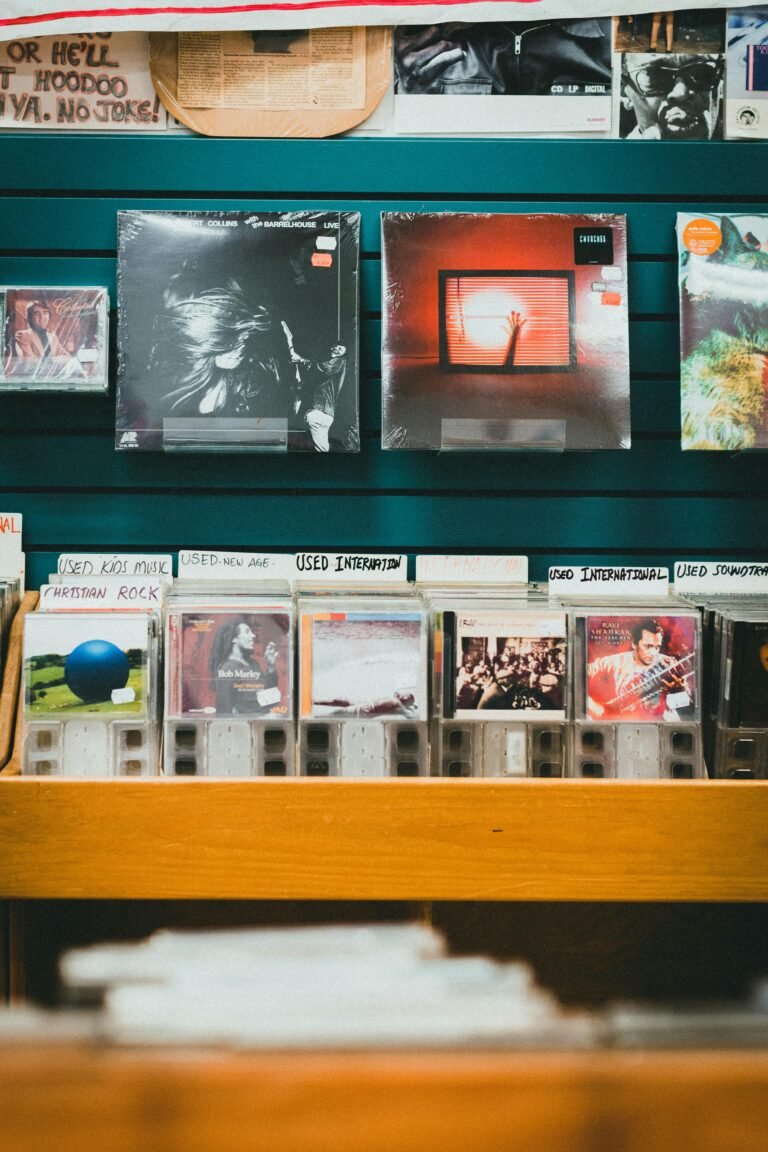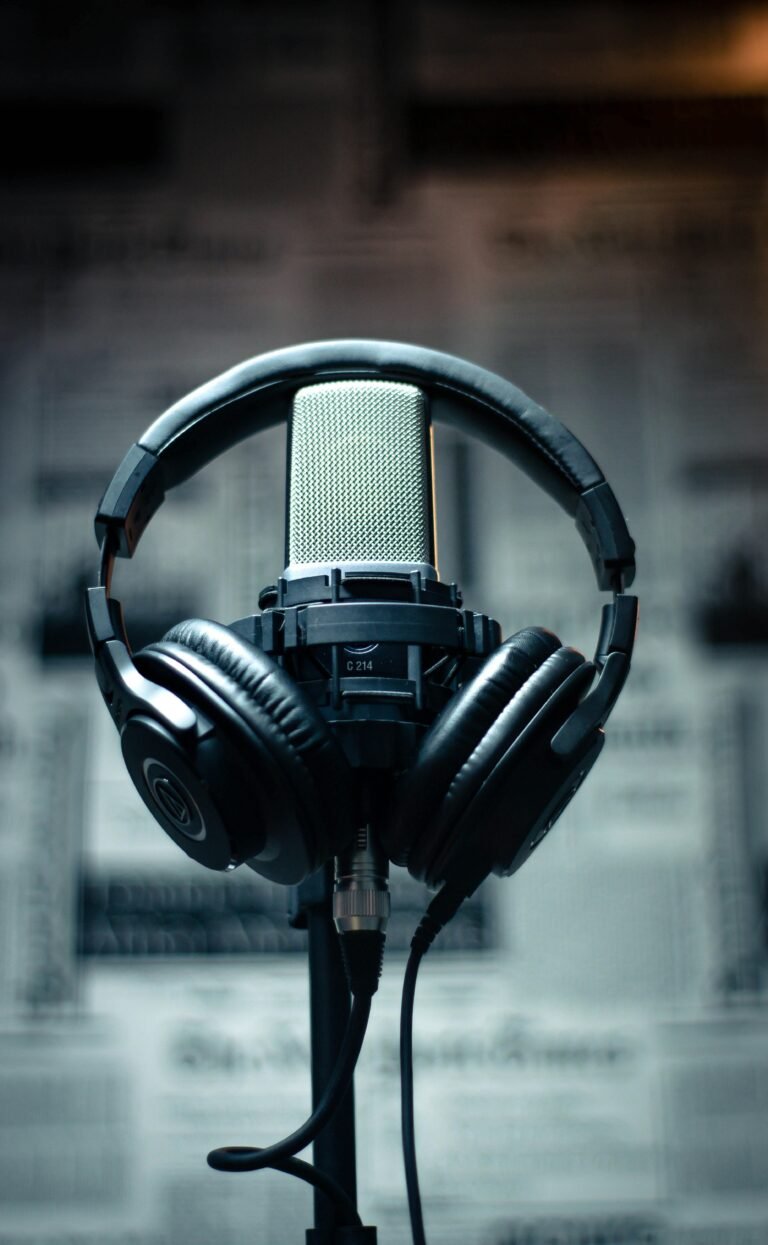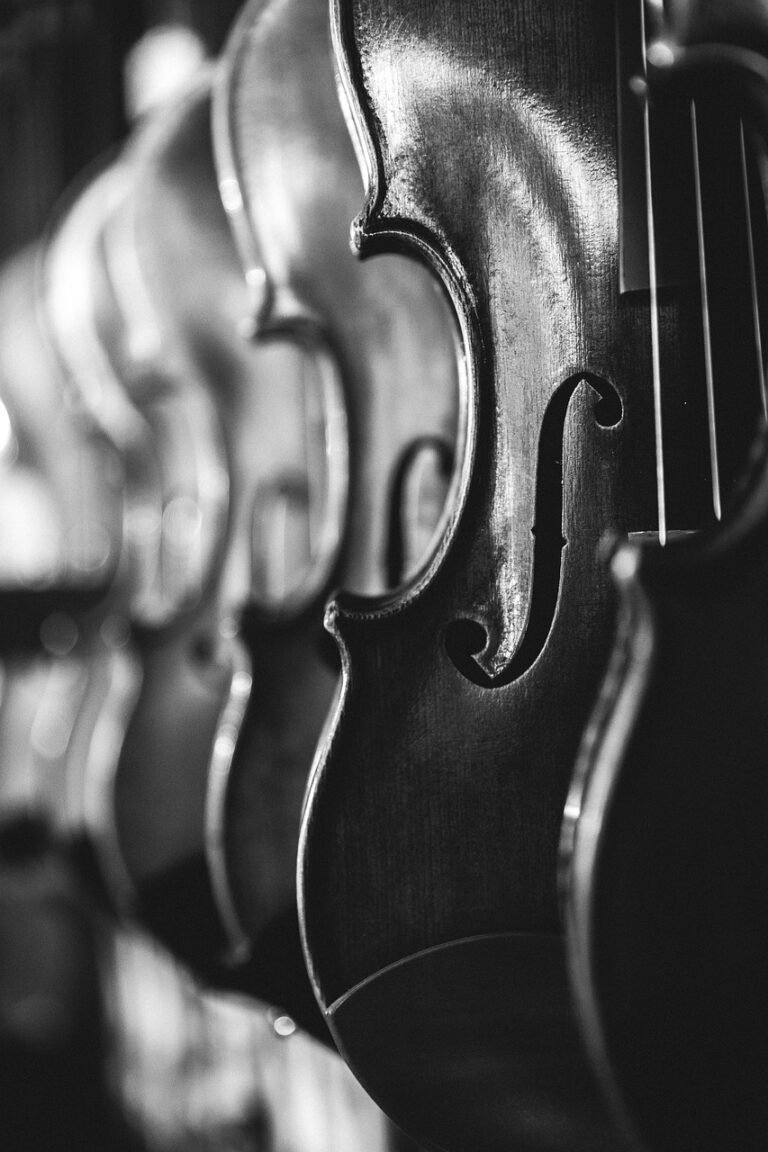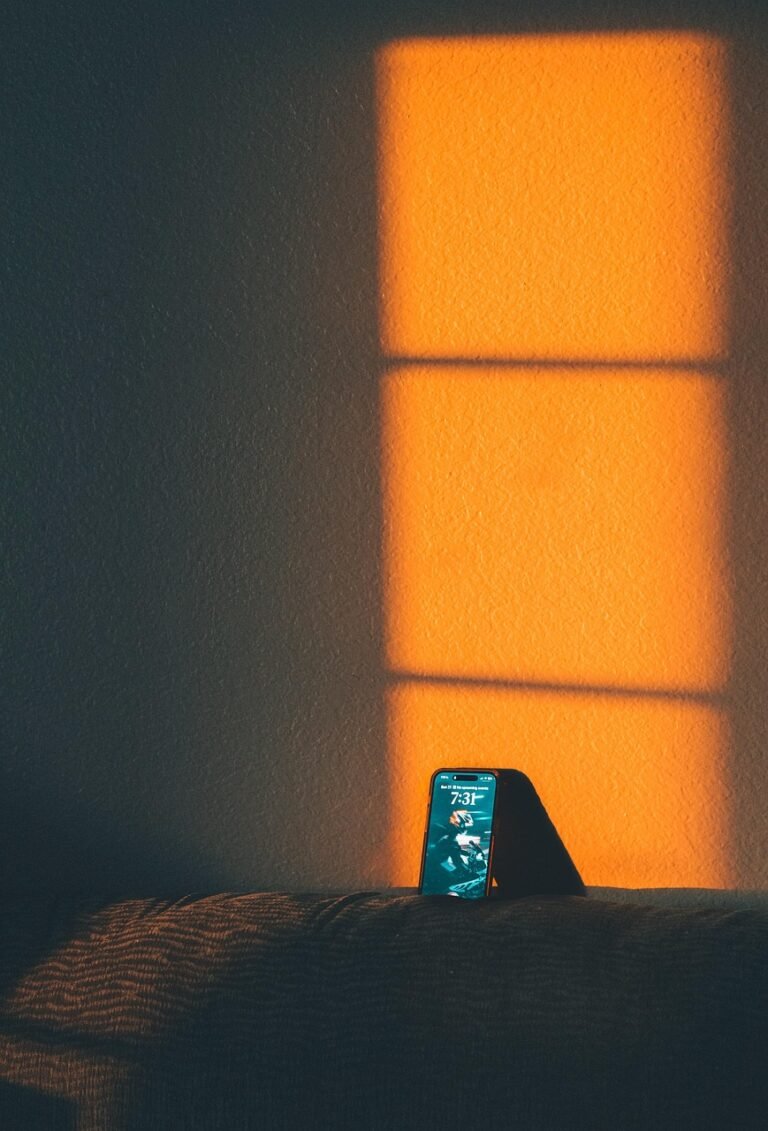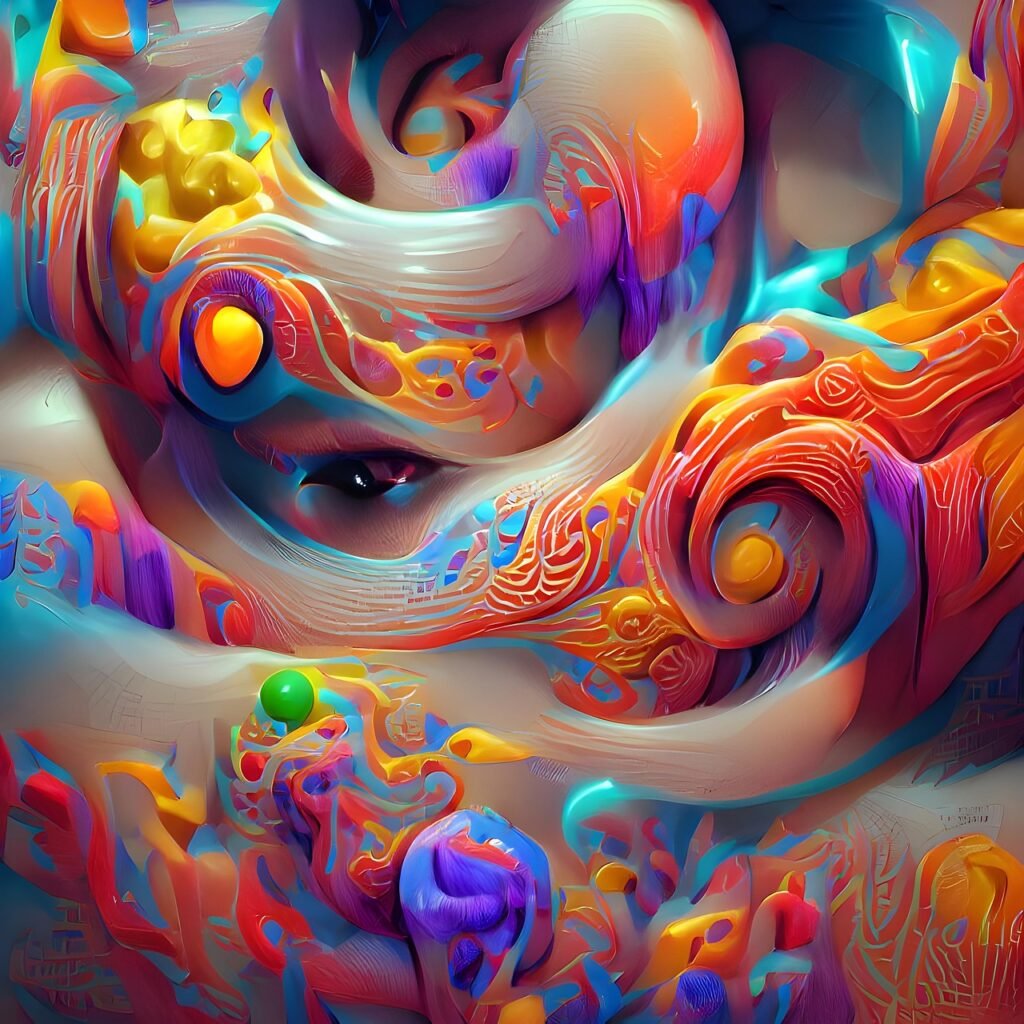
OpenAI Unleashes Sora 2: The Revolutionary AI Video Generator That’s Taking on TikTok
OpenAI has unveiled its most ambitious content creation platform yet, combining the advanced Sora 2 video generation model with a TikTok-style social app that could fundamentally reshape how people create and consume short-form video content. Launched on September 30, 2025, this dual release represents what CEO Sam Altman calls the “GPT-3.5 moment for video” – a watershed moment that transforms AI video generation from experimental technology into mainstream creative tool.
Revolutionary Video Technology Powered by Physics-Accurate AI
Sora 2 delivers unprecedented improvements over its predecessor, introducing synchronized audio generation and dramatically enhanced physics accuracy that previous video models struggled to achieve. The model can now create Olympic-level gymnastics routines, skateboard tricks, and complex movements while respecting real-world physical constraints that earlier systems routinely ignored.
“Prior video models are overoptimistic they will morph objects and deform reality to successfully execute upon a text prompt,” OpenAI explained in its launch announcement. “In Sora 2, if a basketball player misses a shot, it will rebound off the backboard”. This represents a fundamental shift from AI systems that bend reality to match prompts toward models that simulate authentic physical outcomes, including failures and realistic rebounds.
The technology generates videos up to 10 seconds long with synchronized dialogue, background soundscapes, and realistic sound effects, marking the first time OpenAI has integrated comprehensive audio generation with video. Users can create content in multiple visual styles including cinematic, animated, photorealistic, and cartoon formats, with the model maintaining temporal consistency and object permanence throughout sequences.
Social Platform Featuring AI Avatar Technology
The companion Sora app introduces a groundbreaking “Cameos” feature that allows users to insert verified likenesses of themselves into AI-generated scenes through a one-time video and audio verification process. After uploading this verification recording, users can appear in any Sora-generated scenario – from riding dragons to playing beach volleyball – while maintaining remarkable fidelity to their actual appearance and voice.
The app prioritizes creation over passive consumption, featuring customizable recommendation algorithms that users can control through natural language commands. “We want to make it easy and rewarding for everyone to participate in the creation process,” Altman wrote in announcing the launch. Unlike traditional social platforms optimized for engagement time, OpenAI emphasizes creative output and collaborative content creation.
The platform includes comprehensive safety features including parental controls, time limits for teen accounts, periodic wellbeing checks, and stringent identity verification systems to prevent unauthorized use of likenesses. All generated content includes visible watermarks and metadata for provenance tracking.
Entering Intensely Competitive AI Video Landscape
Sora 2 launches into an increasingly crowded AI video generation market dominated by tech giants pursuing different strategies. Google’s Veo 2 recently enhanced its model with 4K output capabilities and superior physics simulation, while Meta unveiled Movie Gen alongside its Vibes social app for AI video sharing. ByteDance, TikTok’s parent company, has also entered the race with PixelDance and Seaweed models through its Doubao brand.
The competitive dynamics reveal distinct approaches to AI video generation. While Veo 2 focuses on high-resolution cinematic output with 4K support and longer generation times, Sora 2 emphasizes rapid creation and social sharing with streamlined workflows optimized for short-form content. “Veo 2 is perfect for pros who need high-end visuals, while Sora is ideal for creators who want quick, dynamic content with built-in editing tools,” according to industry analysis.
The timing appears strategic, with OpenAI potentially positioned to capitalize on TikTok’s ongoing regulatory challenges in the United States. The company’s social app launch comes as the AI video generation arms race intensifies, with each platform targeting different creator demographics and use cases.
Controversial Copyright Approach and Industry Response
OpenAI’s approach to copyrighted material has generated significant controversy within the entertainment industry. The company requires intellectual property owners to explicitly opt out from having their copyrighted characters and visual styles included in Sora-generated content, reversing the traditional permission-based model.
This “opt-out” policy means copyrighted characters like Batman or visual elements from major franchises could appear in user-generated videos unless studios actively request exclusion. Disney became the first major studio to formally opt out, barring the platform from using its extensive copyrighted material catalog. The approach has drawn criticism from artists and legal experts who argue it contradicts established copyright precedent requiring explicit permission for commercial use.
“OpenAI has never shied away from ignoring legal precedent or common sense in the past,” noted industry observers, emphasizing how independent artists may remain unaware of the opt-out opportunity while their work is potentially incorporated into the training data.
Accessibility and Pricing Structure
The Sora app launches as invite-only access for iOS users in the United States and Canada, with plans for broader geographic expansion. Each user receives four invite codes to share with friends, emphasizing the social and collaborative aspects of the platform. Android users can access Sora 2 through web browsers but require invite codes for full functionality.
ChatGPT Pro subscribers ($200/month) gain access to enhanced “Sora 2 Pro” capabilities with higher generation limits and priority processing, while ChatGPT Plus users ($20/month) receive standard access with usage limitations. OpenAI plans to introduce dedicated Sora pricing plans in the new year, potentially offering unlimited video generation subscriptions separate from ChatGPT tiers.
The company emphasizes a gradual rollout approach due to computational demands, with CEO Altman acknowledging that “our only current plan is to eventually give users the option to pay some amount to generate an extra video if there’s too much demand relative to available compute”.
API Integration and Developer Ecosystem
OpenAI announced plans to release a Sora 2 API enabling third-party developers to integrate the video generation capabilities into their own applications and services. This developer-focused approach could expand Sora’s reach beyond the standalone social app into professional video editing software, marketing platforms, and enterprise creative tools.
The API strategy mirrors OpenAI’s successful ChatGPT integration model, where widespread developer adoption drove mainstream acceptance and usage. Industry experts anticipate significant demand from content creation platforms, advertising agencies, and educational technology companies seeking to incorporate AI video generation into existing workflows.
Strategic Implications for Content Creation Industry
The Sora 2 launch represents OpenAI’s broader strategy to move beyond text-based AI into comprehensive multimedia content creation. By combining advanced video generation with social sharing mechanisms, the platform could establish new standards for AI-powered creativity while potentially disrupting traditional video production workflows.
Sam Altman’s vision extends beyond competing with existing platforms toward creating entirely new forms of human-AI collaborative content creation. “AI is an incredible technology, but great tools require work at the intersection of technology, design, and understanding people and the world,” Altman stated regarding OpenAI’s multimedia ambitions.
The success of Sora 2 and its social platform could influence how other tech giants approach AI content generation, potentially accelerating the development of more sophisticated creative AI tools while raising important questions about authenticity, copyright, and the future of human creativity in an AI-augmented world.





